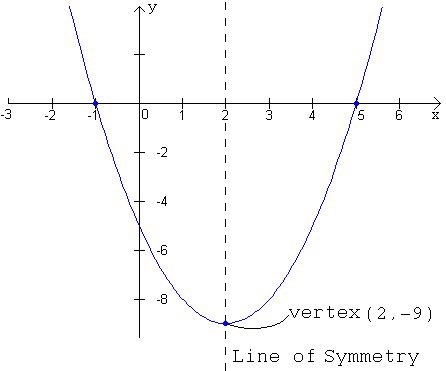Parabola vertex proof

Yay, my first note!! In this note, I will discuss the rather simple proof of a parabola's vertex equation being , I couldn't find it anywhere on brilliant so I figured I may as well post it.
We start with the standard parabola equation . Next, we take the derivative of this equation .
Now, a special property of the first derivative is that its roots occur at the same x coordinate as its antiderivatives's relative maxima/minima. Thus the vertex of a parabola will occur when . Solving for x, we get .
No vote yet
1 vote
Easy Math Editor
This discussion board is a place to discuss our Daily Challenges and the math and science related to those challenges. Explanations are more than just a solution — they should explain the steps and thinking strategies that you used to obtain the solution. Comments should further the discussion of math and science.
When posting on Brilliant:
*italics*or_italics_**bold**or__bold__paragraph 1
paragraph 2
[example link](https://brilliant.org)> This is a quote# I indented these lines # 4 spaces, and now they show # up as a code block. print "hello world"\(...\)or\[...\]to ensure proper formatting.2 \times 32^{34}a_{i-1}\frac{2}{3}\sqrt{2}\sum_{i=1}^3\sin \theta\boxed{123}Comments
why did u finded roots of the equation from which this general equation is made to come out from ? reply please
Log in to reply
If you find the roots of the first derivative, it will yield the x coordinate of the minima/maxima of a function, in the
In the case of a second degree polynomial,c it will yield the vertex.